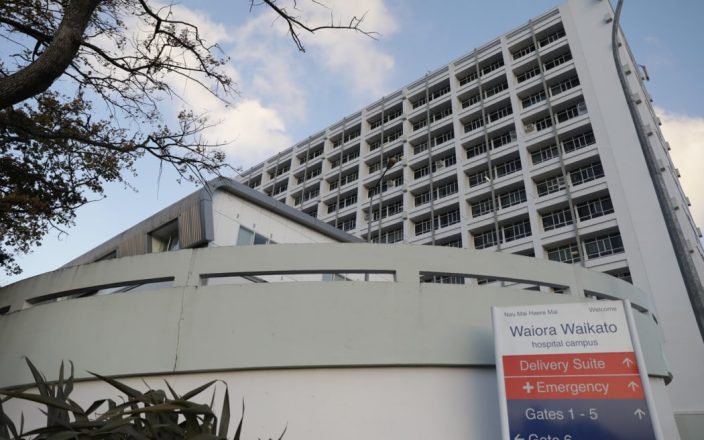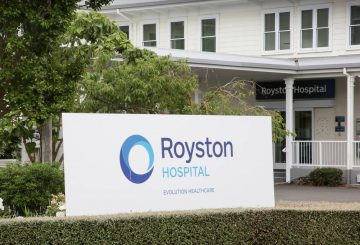와이카토 병원의 심장내과는 큰 문제에 직면해 있습니다.병상이 더 필요하지만 현재 치료할 수 있는 환자 수는 두 배에 달합니다.
의사들은 심장 수술이 지연되면서 대기 시간이 최대 8주까지 길어지고 있다고 말합니다.이는 환자가 수술을 기다리는 동안 다른 부서의 중요한 침대 공간을 차지하고 있다는 뜻입니다.뉴질랜드 심장학회 회장이자 와이카토의 전 심장병 전문의였던 마틴 스타일스 박사는 이 부서가 54개 병상으로 구성되어 있지만 지난 주에는 109명의 환자가 있었다고 말합니다.
이러한 과잉은 “병상 막힘”으로 이어져 응급실 환자들이 병동 병상을 구하기 어렵게 만듭니다.그 결과 일부 환자는 응급실이나 구급차에서 대기하고 있습니다.현재 20명의 입원 환자가 수술을 기다리고 있습니다.스타일스 박사는 심장마비로 수술이 필요한 사람이 있으면 4~5주를 기다려야 할 수도 있다고 말했습니다.
뉴질랜드 보건부는 와이카토에서의 평균 대기 시간이 29일이라고 보고했지만, 이 수치가 모든 사람에게 정확한 것은 아닙니다.긴급한 치료가 필요한 환자는 더 빨리 수술을 받는 반면, 증상이 적은 환자는 더 오래 기다릴 수 있습니다. 최근 한 명의 환자가 54일을 기다렸습니다.
이러한 지연은 장비 고장, 외과의사의 피로, 높은 병원 업무량과 같은 자원 문제로 인한 것입니다.또한 와이카토에는 심혈관 전용 집중치료실이 없기 때문에 자동차 사고와 같은 위기 상황이 발생하면 심장 수술이 연기됩니다.
예전에는 와이카토에서 일부 환자를 오클랜드와 웰링턴으로 보내 수술을 받았지만 지금은 중단됐어요.그들은 가끔 근처 사립 병원 브라에마르를 이용해 수술을 받기도 합니다.
뉴질랜드에는 심장 수술실이 다섯 군데 있는데, 웰링턴에서는 2~3주 정도로 대기 시간이 가장 짧다.심장 중재술 전문의인 사라 페어리 박사는 이러한 대기 시간조차 너무 길다고 지적합니다.그녀는 자금 조달 문제와 오래된 장비를 문제의 원인으로 언급합니다.
뉴질랜드 보건부의 미셸 서덜랜드 (Michelle Sutherland) 씨는 높은 수요와 인력 부족으로 인한 서비스 부문의 압박을 인정했습니다.그녀는 공공 시스템의 격차를 메우기 위해 Braemar와 같은 민간 시설을 이용하고 있지만 그렇다고 해서 공중 보건에서 나오는 자원이 줄어드는 것은 아니라고 말했습니다.
서덜랜드는 와이카토 병원이 첨단 장비를 갖추고 있지만 환자 수가 많다는 것은 심장학뿐만 아니라 모든 분야에 영향을 미치는 문제라고 말했습니다.






























































